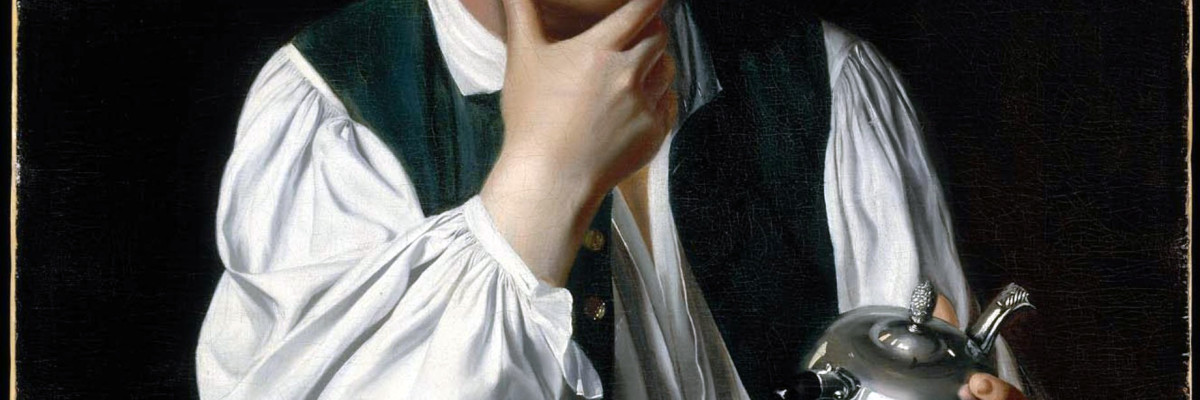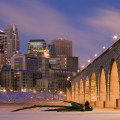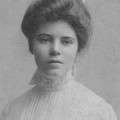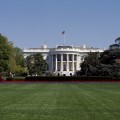You were lied to about Paul Revere’s ride, but the truth is even better

We’ve all heard the story about Paul Revere’s famous ride to warn the colonists that the British were coming, but much of that folklore comes from a wildly inaccurate poem called “Paul Revere’s ride” by Henry Wadsworth Longfellow, written almost 100 years after the event.
Here’s the truth, and it’s better.
The whole mission was to warn the towns of Lexington and Concord about the invasion.
First, a fact that is real. 2 lanterns were hung in the Old North Church. Meaning the British were coming via the water. “One if by land, two if by sea” is the apocryphal phrase you will know. They were ordered to be hung there by Revere, once the enemy was spotted.

20th Century Depiction of Paul Revere’s ride. Photo via wikipedia.
Paul Revere definitely did NOT yell “The British are coming!”
The colonists still considered themselves British subjects, and therefore British. What he said was “The Regulars are coming out.” A “Regular army” is the term for the standing army of a nation. Not exactly poetic. Actually, he didn’t even yell it at all. Yelling would’ve given himself away. He went door to door silently and told them individually.
Revere was not alone.
Revere rode with several other riders whose names are lost to history. However, we do know one of them was William Dawes. They took separate routes that converged. Along the route they were joined by Samuel Prescott, who was returning from a lady friend’s house at 1am! At one point, up to 40 riders may have joined the group.
The British troops were sent specifically to arrest John Hancock and Sam Adams.
This is a fact that is rarely known for some reason, but is amazing upon reflection. The true story is lining up so nicely, isn’t it?

Yep. This Sam Adams.
They were caught.
Although Revere had avoided detection by the crew of the HMS Somerset by rowing silently across the Charles river at night, the group ran into a road patrol on their route to Concord, who promptly arrested them. Preston, apparently feeling frisky from his late night romp in the sack, jumped a fence with his horse and took off. He is the only one who made it to Concord, and history could care less it seems. Dawes escaped too, however, he fell off his horse not long after and quit. Revere was arrested.
Revere and co. deliver a line to their British captors worthy of a Hollywood script, “You’re all dead men!”
Revere warns the British that they better not approach Lexington. Ignored, he and other captives are marched about 1/2 mile from the city when they hear a gunshot. The British major demands an explanation for the gunfire. Revere tells them that it’s a warning. As they get closer, they hear the town bell clanging loudly to which the captives tell their British captors, “The bells’s a’ringing! The town’s alarmed, and you’re all dead men!” The British guards freak out, and release their hostages and retreat back to their commanders. If I’m scripting the movie, I’d have him deliver that line laughing maniacally.
Revere walked into town, found Adams and Hancock, grabbed their stuff and left. The ride set into motion a system known as “alarm and muster” notifying towns as far away as 25 miles away, before the British had even unloaded their ships.
Paul Revere digs up the dead body of his friend
The man who organized the midnight ride, Paul’s friend, Dr. Joseph Warren, is a war hero who disregarded his rank and died with his men charging up Bunker Hill. When Warren died, he was buried in an unmarked grave. 9 months after his death, Paul and friends found an unmarked grave at the battlefield and exhumed the bodies. Warren was unidentifiable at this point, except that Revere, being a silversmith, recognized the wire he had used to fasten Warren a false tooth. Warren was given a proper funeral and a marked grave.

The Death of General Warren at the Battle of Bunker Hill by John Trumbull. Photo via wikipedia.
Paul Revere Footnote
- Revere and 30 “mechanics” met a their favorite saloon, The Green Dragon, to discuss troop movements.

1813 portrait of Paul Revere in his elder years, rarely seen. Photo via wikipedia.
- Revere was involved in one of the largest military disasters of the Revolution, known as the Penobscot Disaster. He was absolved of wrongdoing by a military court.








